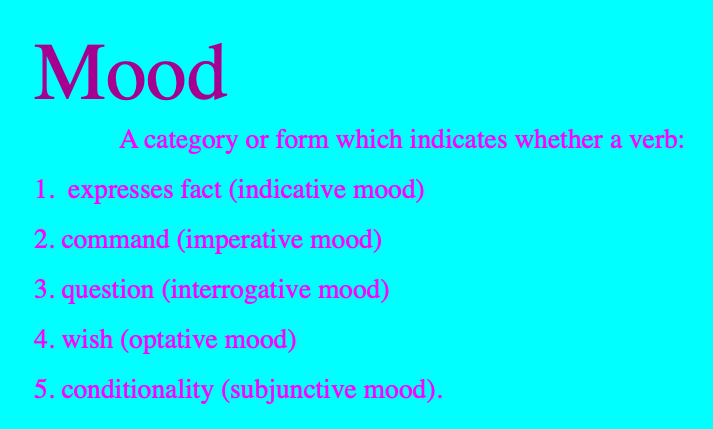Mood is a powerful literary tool. Your skills at evoking mood can stir emotion, build anticipation, and cue your audience about your intentions—or the character’s intentions. The mission is to create mood in three three ways:
I previously detailed the topic of mood through setting —read it first (it’s really good). Once the role of mood in setting is clear, we can explore mood through other literary devices. Tone is one such device.
What is Tone?
Tone is your viewpoint communicated through your writing style. It’s your attitude toward the subject and the way you approach your theme to convey feelings in your manuscript. Authors infuse tone through point of view, syntax and level of formality. You lead and the readers follow.
- Point of view = your view and how it affects your writing
- Syntax = how you arrange words to create sentences
- Formality = your use of formal or informal writing
Mood through Tone
Readers rely on your point of view to experience the scenes on each page—the mental images you conjure through words. They will likely feel the way you feel and view characters and action through your eyes—positive, negative, or neutral.
The tone through which you lead readers can be accusatory, optimistic, bitter, irreverent, critical, sincere, expletive-laden, matter-of-fact, snarky, solemn, flippant, hopeful, earnest, ungrateful, etc. Again, your choice of mood is vast. You have a universe of mood-inducing words to weave into your manuscript and create the tone you desire.
Tone Can be Lighthearted
Scenario:
- You want to combine “mood through tone” with your personal fondness of dogs, especially Chihuahuas. This is your point of view.
- So you create a scene, and through careful word choice you describe precisely what this small but tenacious breed is capable of. This is syntax.
- And you choose to write informally, but intelligently—a balancing act that both enchants and challenges the reader.
Here goes:
Excited at the sights and smells of the backyard birthday party, the pint-sized canine slipped loose from his collar and zoomed toward a gap in the makeshift petting zoo fence.
“Elvis, Elvis, get back here!” hollered the nine-year-old birthday girl, knowing this meant trouble.
But Elvis was a Chihuahua, a territorial breed, and had spotted a strange creature on his turf! He charged at the smelly intruder with the fury of a Rottweiler. Fortunately for him, the intended victim was a fainting goat who fell sideways and froze like a statue. For three solid seconds the children thought the poor thing had died and screamed in a chorus of high-pitched horror.
“Elvis, bad dog, get away from the goat!” yelled several adults.
But the victorious warrior ignored the humans and sized up his next conquest—a cluster of small chirping fuzzy things. They looked delicious! But the chicks were guarded by a rotund, ruffle-feathered poultry specimen. Her maternal instincts came with claws and a beak, which Elvis would soon learn. Mama Hen was having none of it!
In a commotion of flapping wings and maniacal squawks, Elvis bolted back through the fence, vocalizing as only a terrified Chihuahua can do. By the time cake was served, he had yet to calm down. His snarling lip-curl (which inspired his name) was fixed on his enemy, the hen, and her noisy yellow offspring.
He had learned a valuable lesson: slaying goats was easy, but chickens were monsters!
Next Up
In addition to setting and tone, authors can convey mood through diction. Check it out here, and also visit literarydevices.net to add to your literary toolkit.
Developmental book editors are trained to assist authors in capturing and conveying mood. I would love to serve as your “extra set of eyes” and help ensure your manuscript is the best it can be.
Contact me at melaniesaxton@icloud.com, and let’s get started!

